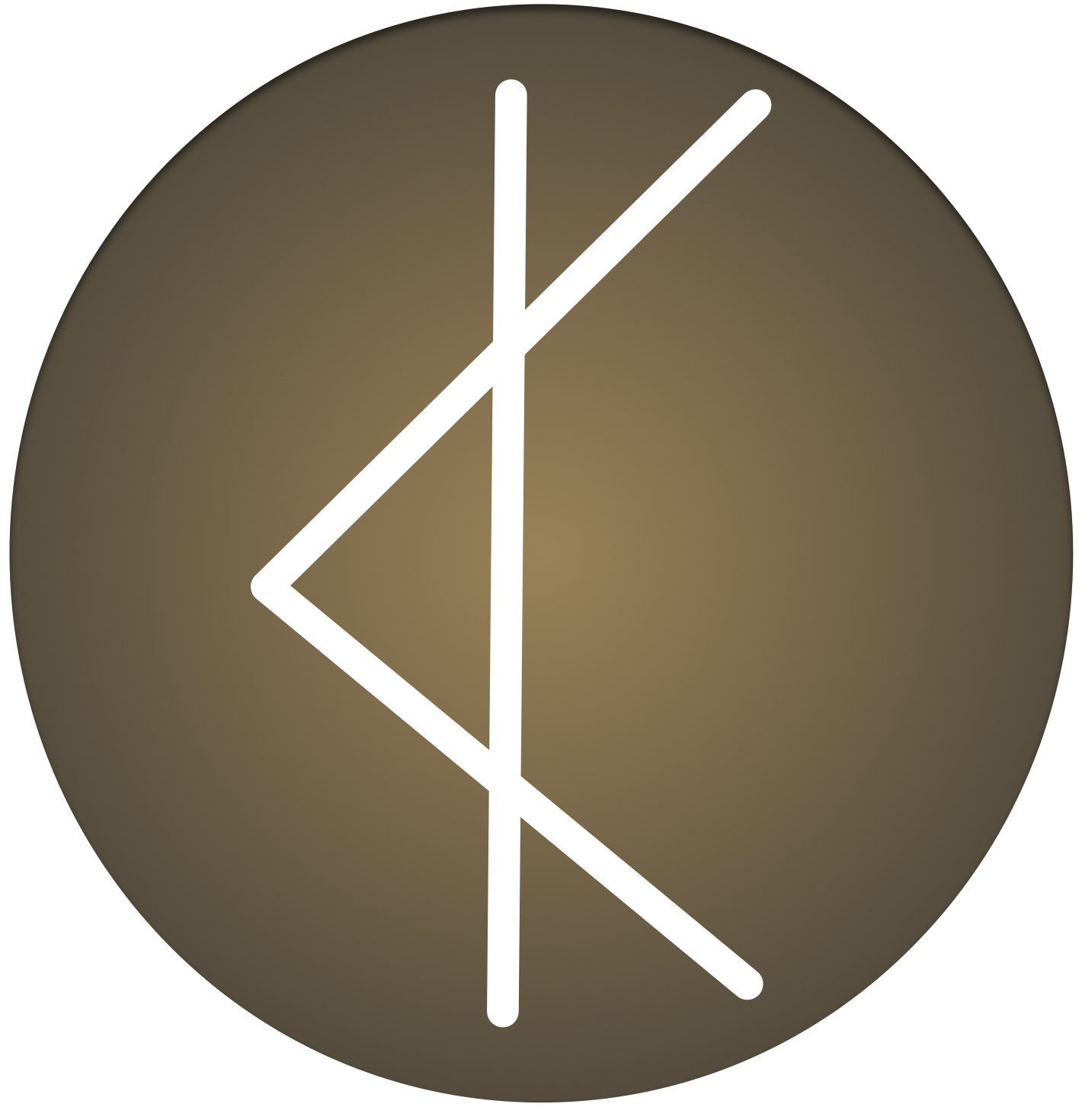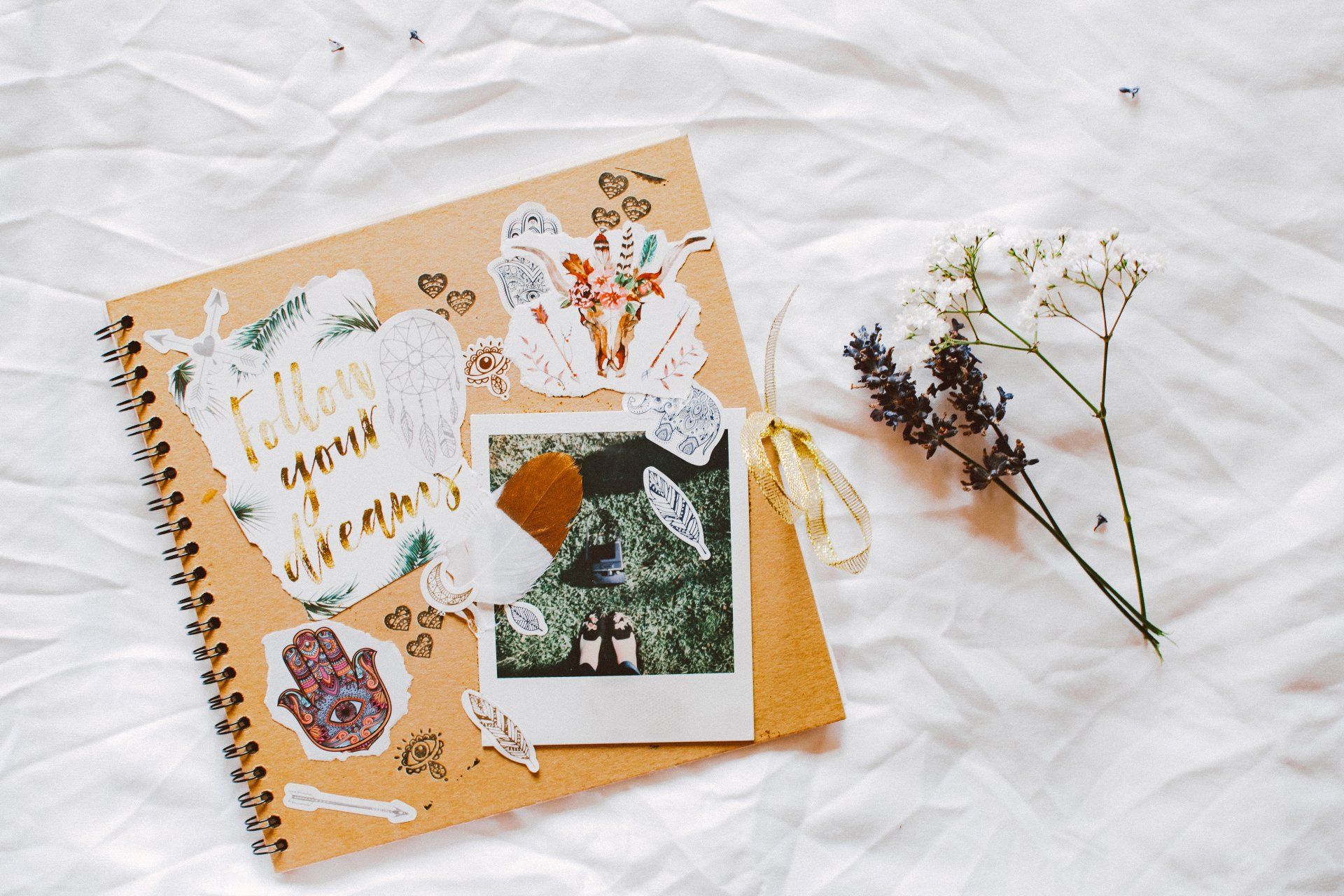Bucket list Journaling.
A bucket list journal is essential to personal development because it is a tangible focus of your goals and aspirations. It encourages you to articulate and commit to the experiences and achievements you aspire to. By regularly revisiting and updating your bucket list, you maintain a clear vision for your future, which can motivate you to take action, track your progress, and live life more intentionally. This journaling can also help you reflect on your values and priorities, ensuring that your personal development aligns with what truly matters to you.











